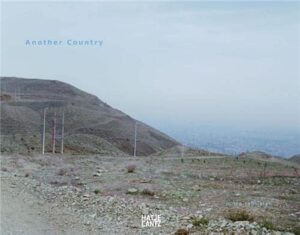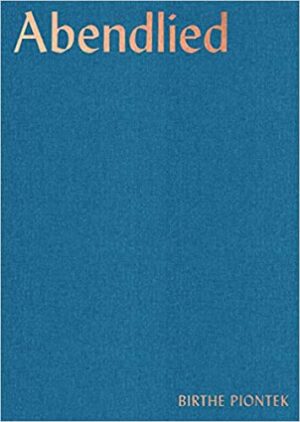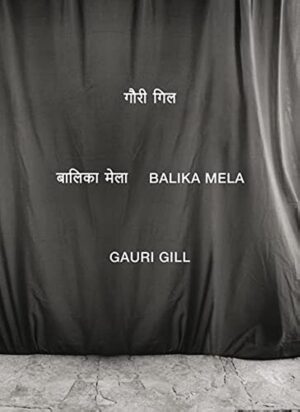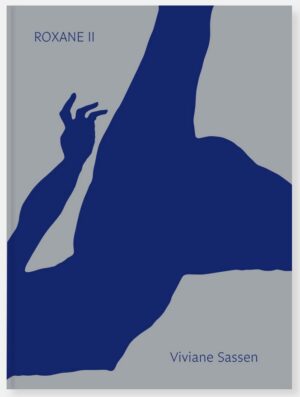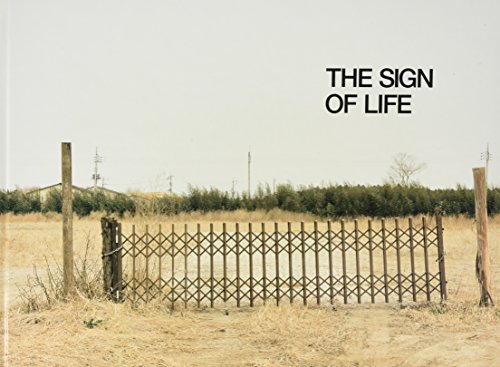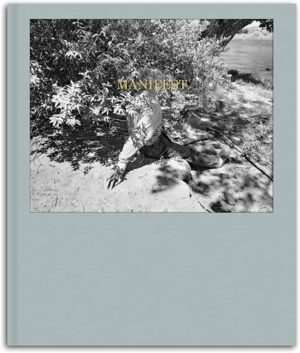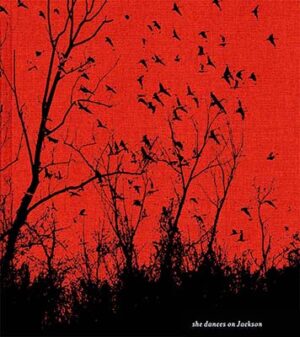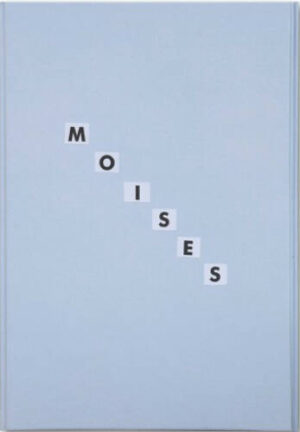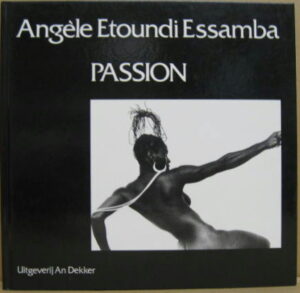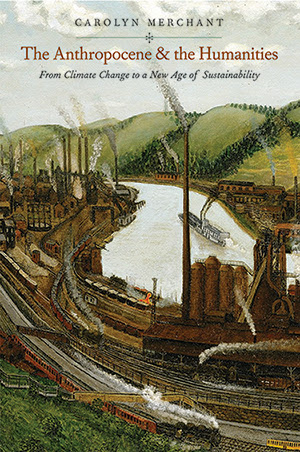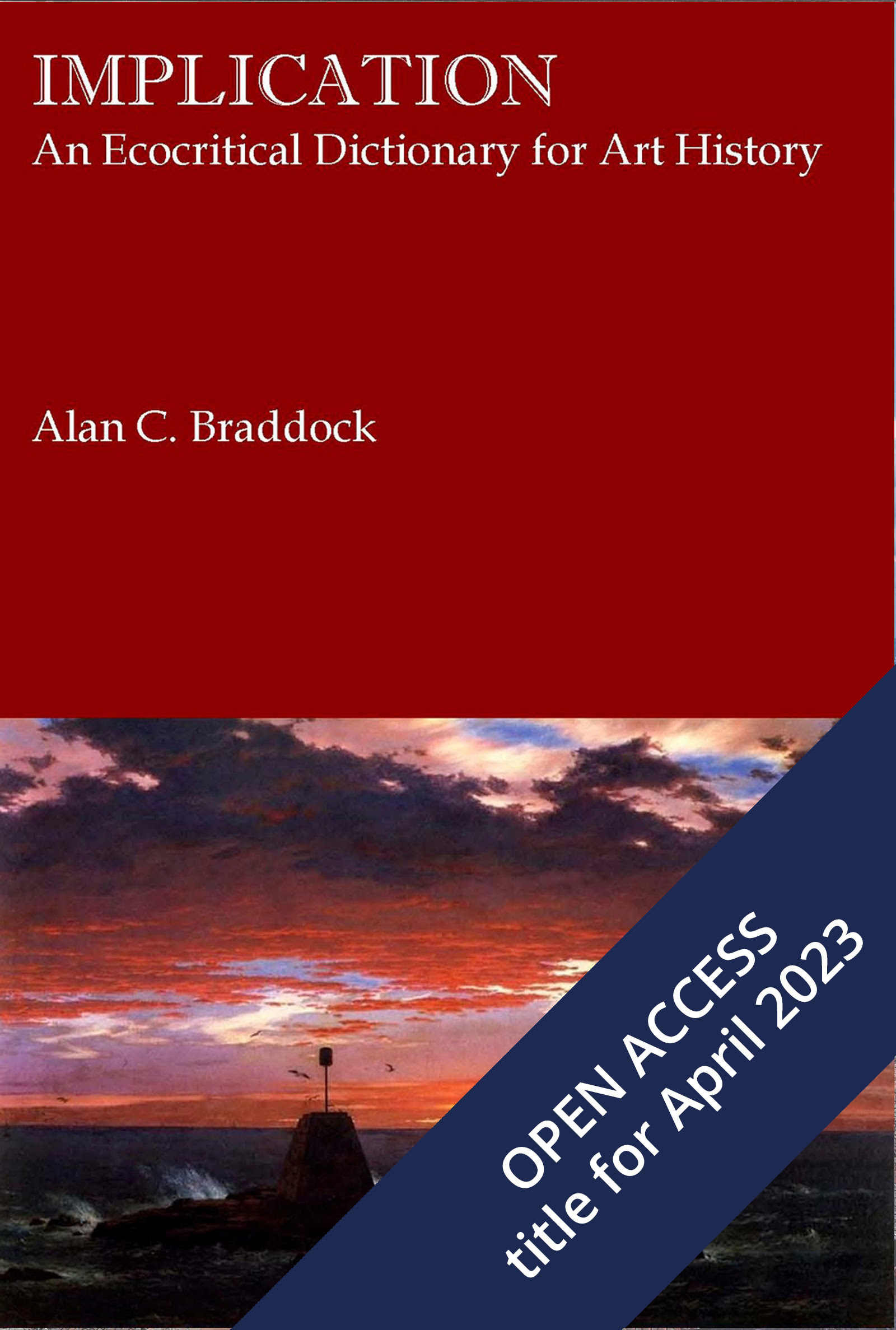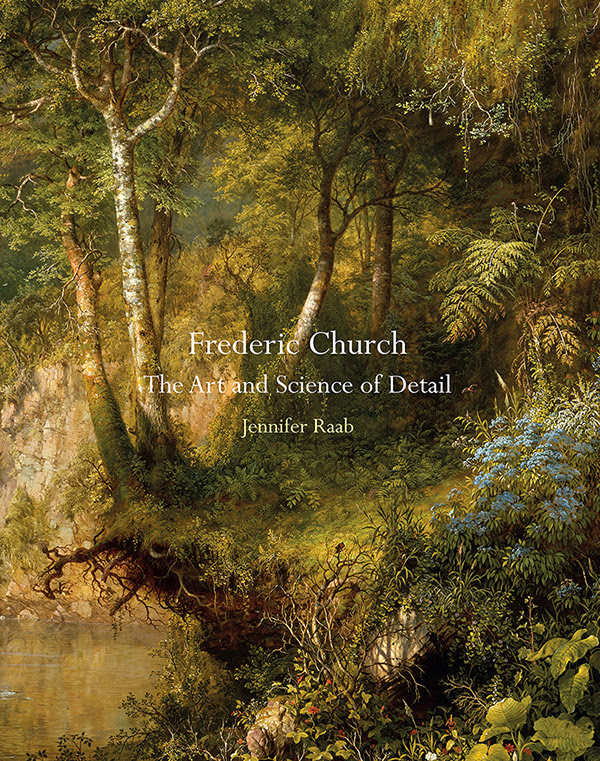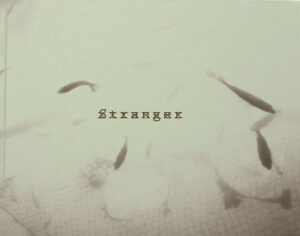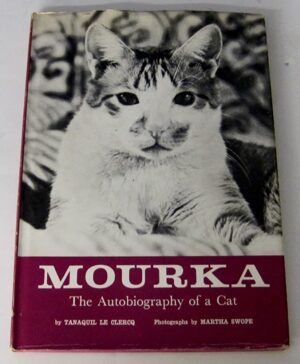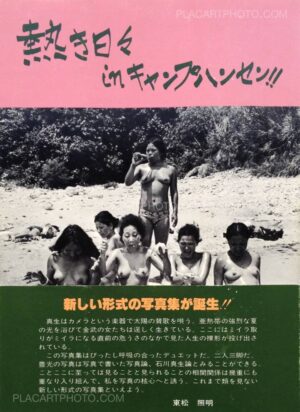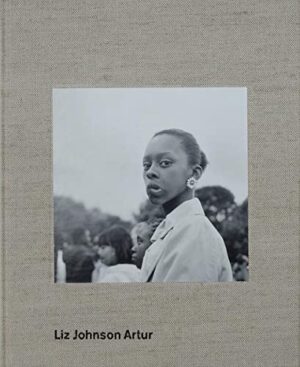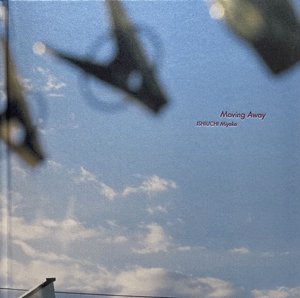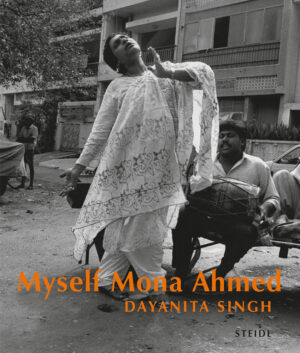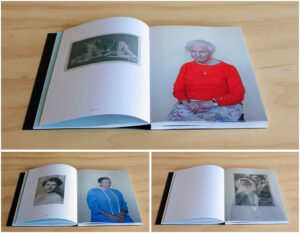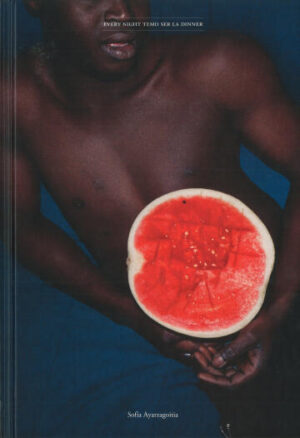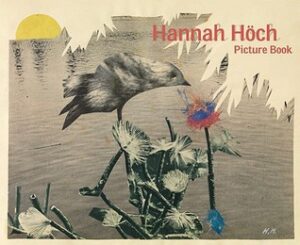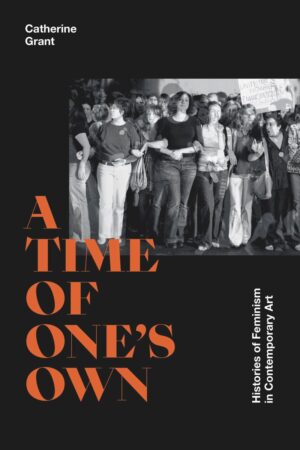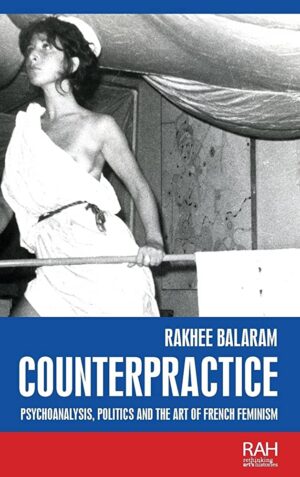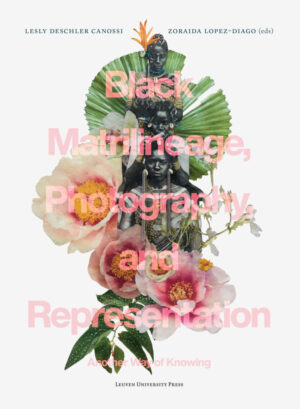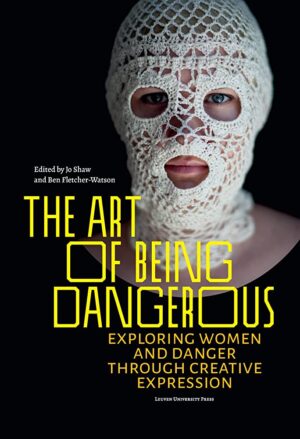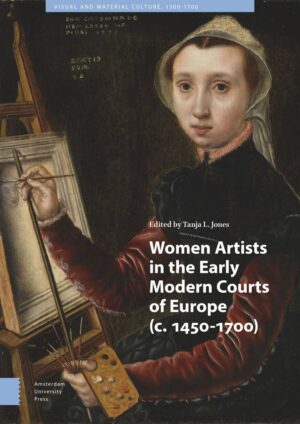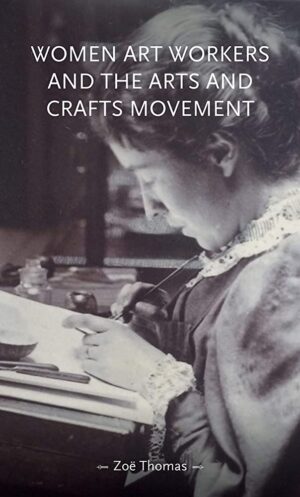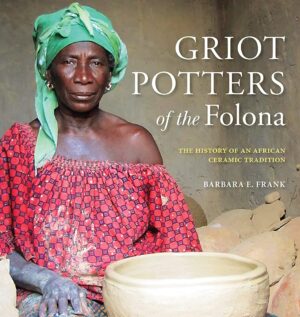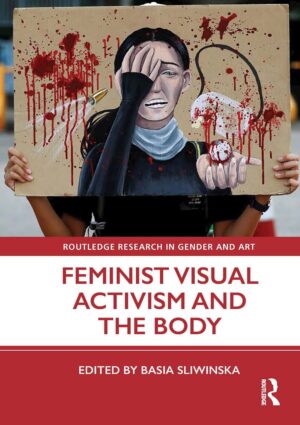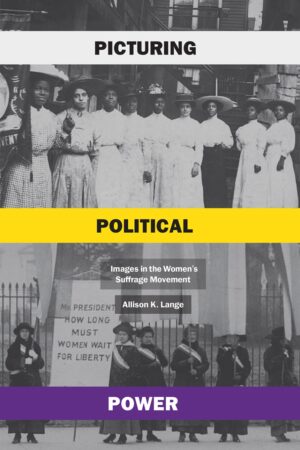Art History Library
New Publication by Faculty Lisa Pieraccini
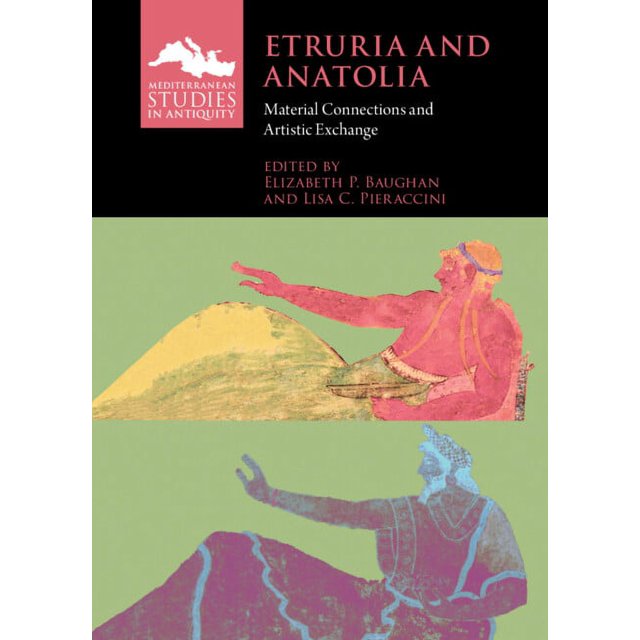
Lisa Pieraccini, Lecturer of First Millennium BCE Italy, Reception, Collecting, has published a new book, available from the UC Berkeley Library. It is also available as an e-book.
From the publisher’s website:
Striking similarities in Etruscan and Anatolian material culture reveal various forms of contact and exchange between these regions on opposite sides of the Mediterranean. This is the first comprehensive investigation of these connections, approaching both cultures as agents of artistic exchange rather than as side characters in a Greek-focused narrative. It synthesizes a wide range of material evidence from c. 800 – 300 BCE, from tomb architecture and furniture to painted vases, terracotta reliefs, and magic amulets. By identifying shared practices, common visual language, and movements of objects and artisans (from both east to west and west to east), it illuminates many varied threads of the interconnected ancient Mediterranean fabric. Rather than trying to account for the similarities with any one, overarching theory, this volume presents multiple, simultaneous modes and implications of connectivity while also recognizing the distinct local identities expressed through shared artistic and cultural traditions.
Townsend Berkeley Books Chat with Margaretta Lovell
Painting the Inhabited Landscape: Fitz H. Lane and the Global Reach of Antebellum America
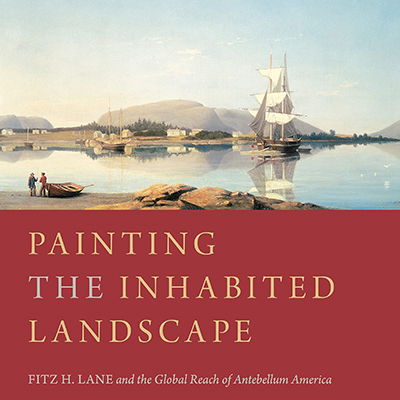
The impulse in much nineteenth-century American painting and culture was to describe nature as a wilderness on which the young nation might freely inscribe its future: the United States as a virgin land, unploughed, unfenced, and unpainted. Insofar as it exhibited evidence of a past, its traces pointed to a geologic or cosmic past, not a human one.
The work of the New England artist Fitz H. Lane, however, was decidedly different. In Painting the Inhabited Landscape (Penn State, 2023), Margaretta Lovell (History of Art) singles out the modestly scaled, explicitly inhabited landscapes of Fitz H. Lane and investigates the patrons who supported his career, with an eye to understanding how New Englanders thought about their land, their economy, their history, and their links with widely disparate global communities.
Lane’s works depict nature as productive and allied in partnership with humans to create a sustainable, balanced political economy. What emerges from this close look at Lane’s New England is a picture not of a “virgin wilderness” but of a land deeply resonant with its former uses — and a human history that incorporates, rather than excludes, Native Americans as shapers of land and as agents in that history.
Calling attention to unexplored dimensions of nineteenth-century painting, Painting the Inhabited Landscape is a major intervention in the scholarship on American art of the period, examining how that body of work commented on American culture and informs our understanding of canon formation.
Lovell is joined by David Henkin (History). After a brief discussion, they respond to questions from the audience.
New Publication by Faculty Margaretta Lovell
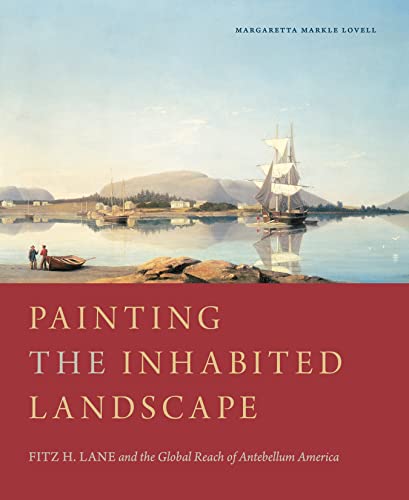
Library Orientation for Art Practice and Art History Students
Welcome back students! If you are interested in learning more about the wonderful library arts resources, please join us at one of our upcoming library orientation sessions. Current sessions offered include:
Tuesday, September 5th 1-2
Tuesday, September 5th 4-5
Friday, September 8th 12-1
Friday, September 8th 3-4
Please rsvp at: http://ucblib.link/orientationAHC
Registration will be capped at 20 students per session. New dates/times will be added to the rsvp form if the current offerings reach capacity. We will meet in the Art History/Classics Library (room 308, 3rd floor Doe Library).
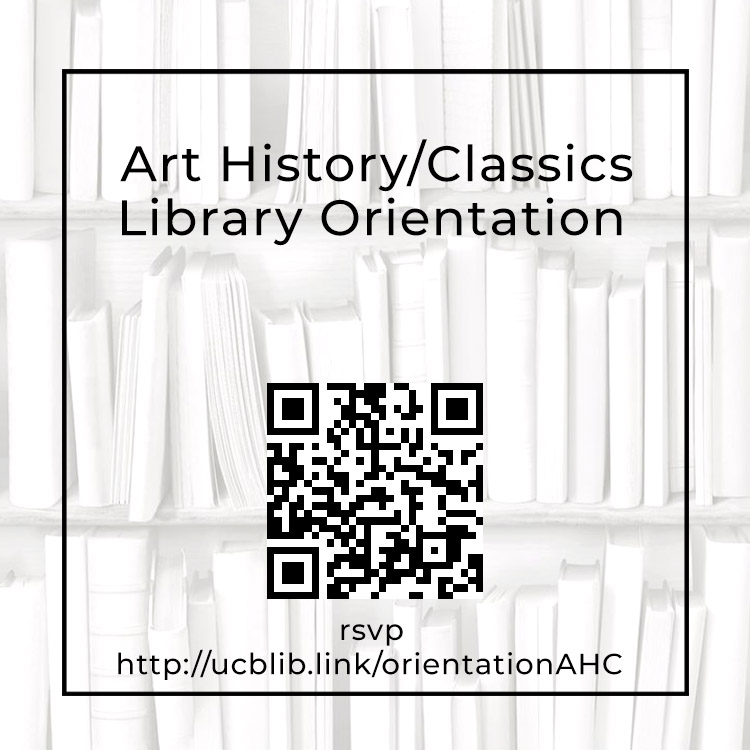
Books from the Richard Sun Photography Donation
Come see books recently on display from the Richard Sun Photography Book Donation. These items are now shelved in the Art History/ Classics Library. Click the titles to see their records in UC Library Search.
Another Country Abendlied Balika Mela
Roxane II The Sign of Life Manifest
Celebrate Earth Week with Art/Ecology Texts Online
Here are some featured e-Resources from the Art & Architecture ePortal. Click the titles below to view them on the portal.
|
Four Notes on our Love of Books and our Need for Libraries
Four Notes on our Love of Books and our Need for Libraries
by Henrike Christiane Lange, Associate Professor of History of Art and Italian Studies, University of California, Berkeley
UC Berkeley, Spring Term 2023

A Note on Historical Books
The historical books in our collection are honeycombs of the centuries. They provide us not just with their specific knowledge from other times, but also with new insights about our own historical situation that we can only fully appreciate when seeing it compared to other eras. The material presence of historical books offers a shared experience with earlier readers – the readers of their time. Finally, the very awareness of the books’ own different time and place of origin generates a friction which allows us to progress with better consciousness and determination in our own timelines – not to be free-floating and lost in space, without time and context. The library thusly can both anchor us and liberate us at the same time in this process of discovery. Finally, a library of such historical objects for teaching and training is more than the sum total of the books. It is the select and familiar presence of those books together in an organized space, carved out of the chaos of the rest of the world as a refuge for the calm immersion into the records of others’ long-gone thoughts that spark the magic of understanding.
A Note on Scholarly Monographs
Monographs are little time machines: In a matter of hours, one can walk with the author through a specific and manageable field of knowledge, acquired over years, condensed yet decompressed, presented in a reader-friendly way, and focused on a valuable question. A monograph is not as short and shallow as a blog post, and it is not as limitless and infinite (therefore ungraspable) as the whole wide virtual cosmos of the world wide web. In a scholarly monograph, an author explores at the speed of the reader’s reading time what they have learned from having done years and decades of work of researching, reading, sorting, evaluating, weighing, expressing, writing, re-writing, and editing under the harsh conditions of double-blind peer review. This model can help enable readers and researchers to produce, eventually, their own unique contribution to a field in the form of a book – sent into the world to find its readers, way beyond the personal sphere of its author. The department library is the space to encounter and compare these kinds of books (at the height of their training, graduate students are expected to read up to a dozen of monographs per week in order to grasp their different styles, approaches, rhetoric, and strategies of presentation of the material).
A Note on Art History Libraries
Art history libraries have a double importance for the discipline, as they contain both secondary and primary sources: Books in art history research are not only containers of written, textual knowledge, or simple records of visual material, but also often serve as primary materials when they contain large or unique plates, a corpus of drawings, of maps, or of prints. They provide core materials such as large folio-sized works that outdo our screens, or plates that we use for comparisons in teaching around the table. Art History Libraries such as ours in Doe Library hold original documents that are themselves primary sources also when it comes to photo books and artist books, and the library’s rooms filled with books are our equivalent of a “lab” space. Large prints, maps, and photos need to be spread out on folio-size accommodating tables and compared, arranged, discussed with small groups in our training of emerging experts in our fields. The access to these physical materials together with small groups of students in a dedicated library space is an irreplaceable feature of the training of future architects and art historians. As is true for all our campus libraries, such specialized department libraries are not only collections somewhere without roots in time and space, but carefully grown, cultivated, specific places that have been assembled only here for a likewise growing and developing student population according to their specific needs.
A Note on Berkeley’s Libraries in the Now-Moment
Entering someone’s personal research library, fascinatingly, can feel like entering someone else’s brain – and to move about as if in a silent conversation with them, following their lead or jumping between sections and fields of knowledge, seeing the surprising and original connections that someone else made a long time ago, and getting inspired. The same applies to the experience of wonder and discovery in the large departmental, field-specific library: when we enter our library, we truly enter the good will, deep knowledge, and great care that generations of librarians, faculty, staff, and students have left there in invisible traces – in the objects as much as in the coherence, distribution, arrangement, and context of the objects. This is why off-campus storage removes the most important component from research, teaching, and learning; the eureka moments that can only happen on the quiet days alone in the library. We sometimes forget that not only the books and their authors speak to us, but all the caretakers and champions of the books that helped them find their way into our collection. As disciplines in the arts and humanities in a worldwide context that is hostile to the slow, deep, focused, and truly generative conditions of our work, we need those moments more than ever – not just the researchers, but especially our brilliant, insightful students.
Women Photographers Book Selections from the Richard Sun Donation
Here is a selection of books of the works of women photographers recently donated by Richard Sun. Additional books from the donation are now on display in the Art History/Classics library. Click the links to see their records in UC Library Search.
Stranger: Olivia Arthur Mourka: Martha Swope Hot Days in Camp Hansen: Mao Ishikawa
Liz Johnson Artur Moving Away: Ishiuchi Miyako Myself Mona Ahmed: Dayanita Singh
Memorandum: Ana Paula Estrada Every Night Temo Ser La Dinner: Sofia Ayarzagoitia Picture Book: Hannah Hock
Celebrating Women’s History Month in Art History
Check out these online resources available through UC Library Search. Click on the titles to view them in the catalog, or visit the Art History/ Classics Library to view new publications of women artists on display.
A time of one’s own : histories of feminism in contemporary art
Counterpractice : psychoanalysis, politics and the art of French feminism
Black Matrilineage, Photography, and Representation: Another Way of Knowing
The Art of Being Dangerous Exploring Women and Danger through Creative Expression
Women artists in the early modern courts of Europe (c. 1450-1700)
Women art workers and the Arts and Crafts movement
Griot Potters of the Folona : the History of an African Ceramic Tradition
Feminist visual activism and the body
Picturing political power : images in the women’s suffrage movement
New Book by Anthony Cascardi
![Francisco de Goya and the Art of Critique [cover]](https://update.lib.berkeley.edu/wp-content/uploads/2023/01/art-of-critique.png)
Francisco de Goya and the Art of Critique probes the relationship between the enormous, extraordinary, and sometimes baffling body of Goya’s work and the interconnected issues of modernity, Enlightenment, and critique. Taking exception to conventional views that rely mainly on Goya’s darkest images to establish his relevance for modernity, Cascardi argues that the entirety of Goya’s work is engaged in a thoroughgoing critique of the modern social and historical worlds, of which it nonetheless remains an integral part. The book reckons with the apparent gulf assumed to divide the Disasters of War and the so-called Black Paintings from Goya’s scenes of bourgeois life or from the well-mannered portraits of aristocrats, military men, and intellectuals. It shows how these apparent contradictions offer us a gateway into Goya’s critical practice vis-à-vis a European modernity typically associated with the Enlightenment values dominant in France, England, and Germany. In demonstrating Goya’s commitment to the project of critique, Cascardi provides an alternative to established readings of Goya’s work, which generally acknowledge the explicit social criticism evident in works such as the Caprichos but which have little to say about those works that do not openly take up social or political themes. In Francisco de Goya and the Art of Critique, Cascardi shows how Goya was consistently engaged in a critical response to—and not just a representation of—the many different factors that are often invoked to explain his work, including history, politics, popular culture, religion, and the history of art itself.
[from publisher’s site]
Anthony J. Cascardi is the Sidney and Margaret Ancker Distinguished Professor at the University of California, Berkeley. He is the author of numerous books, including The Consequences of Enlightenment; Cervantes, Literature, and the Discourse of Politics; The Subject of Modernity; and The Cambridge Introduction to Literature and Philosophy.
